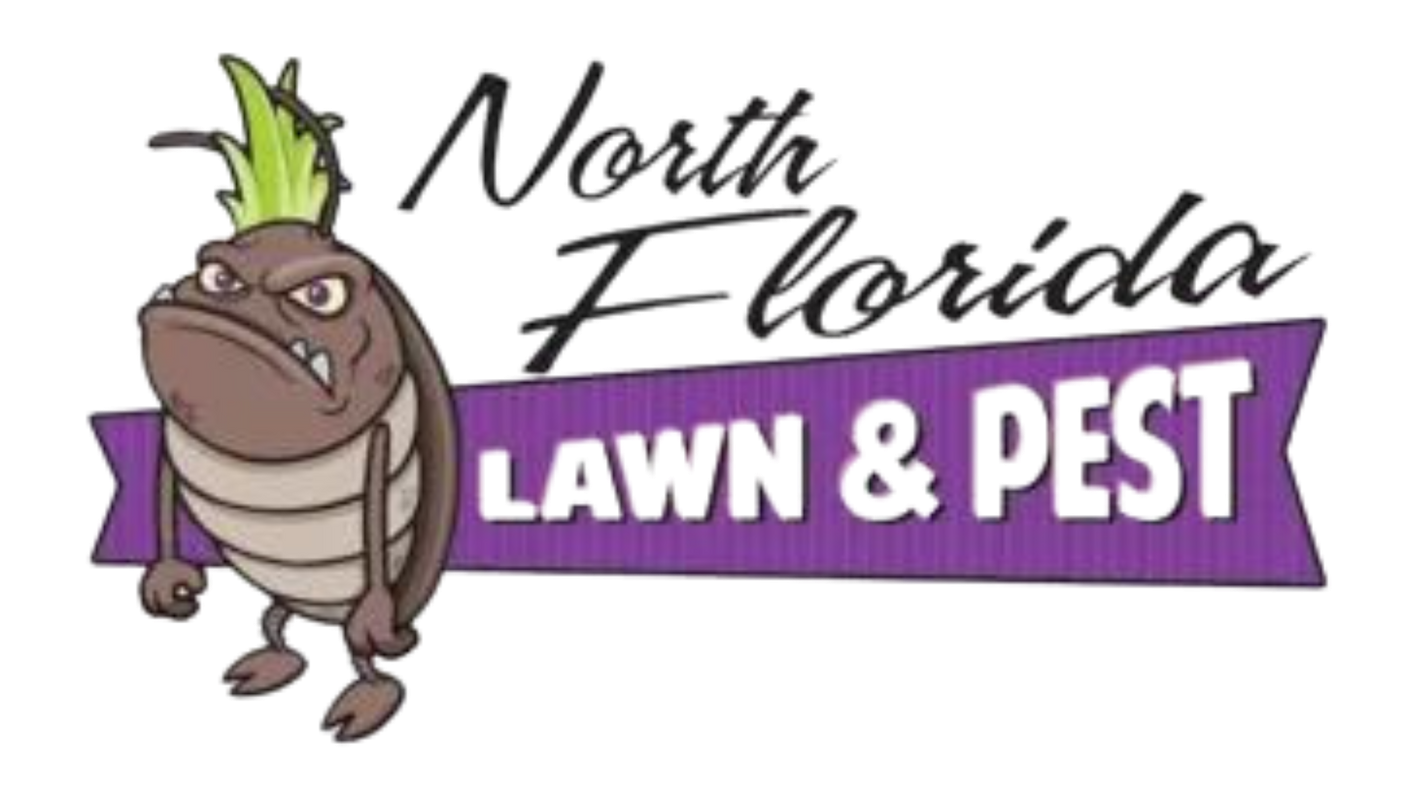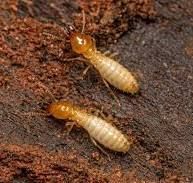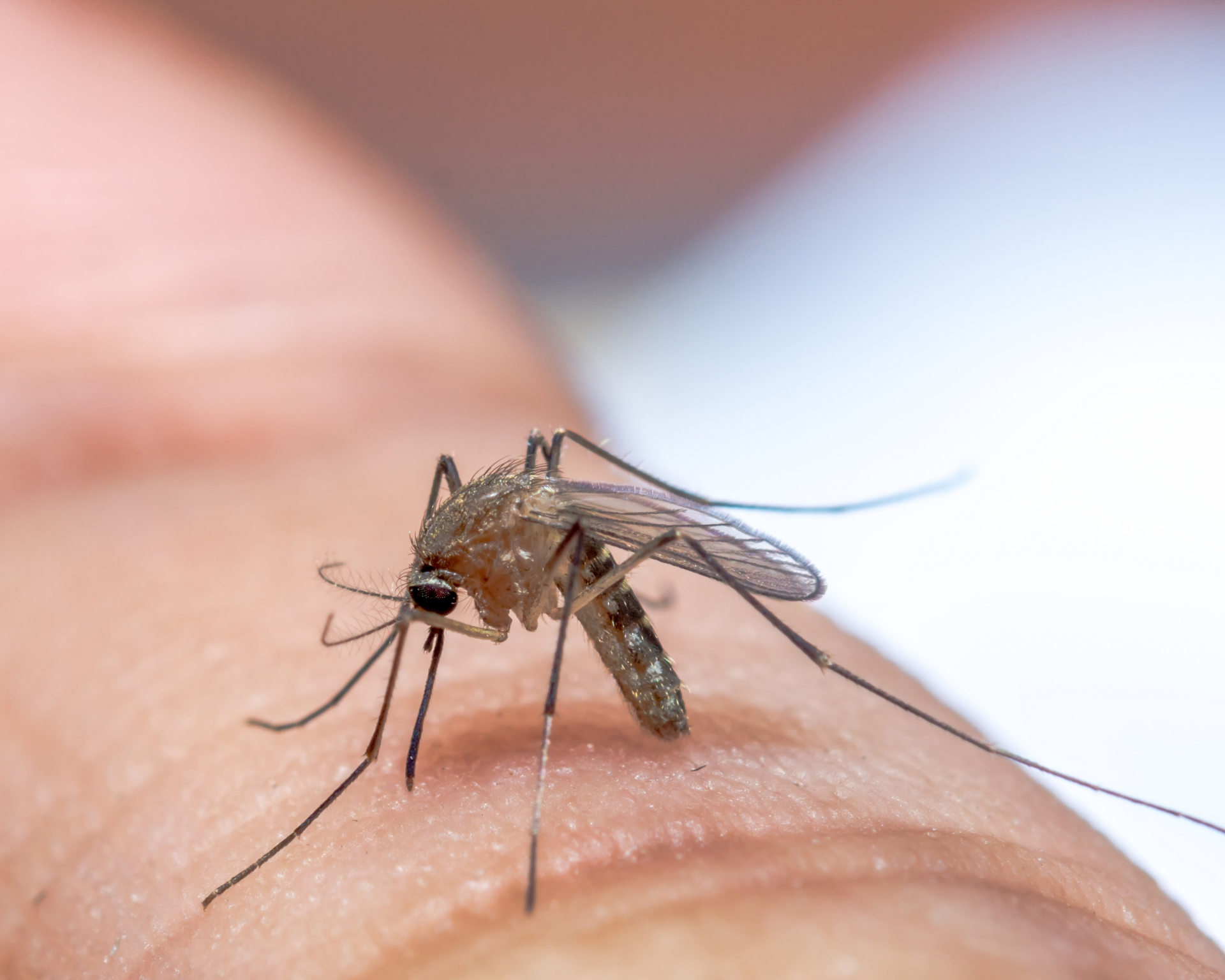How Can You Prevent Termites from Invading Your Home?
Prevent Termites from Invading
Termites may be small, but the damage they can cause is anything but. These tiny pests silently feed on wood and other cellulose-based materials, compromising the structural integrity of homes and costing property owners thousands in repairs. The good news is that by following a few simple preventive steps, you can prevent termites from invading your home and protect it from a potential infestation.
1. Reduce Soil-to-Wood Contact
Termites, particularly subterranean ones, thrive in environments where wood is in direct contact with soil. Eliminating these pathways is one of the most effective ways to keep termites at bay:
- Keep wooden siding at least six inches above the ground.
- Store firewood and other wood materials at least 20 feet from your home and elevate them off the ground.
- Create a 4-inch barrier between mulch and your home’s foundation. If possible, opt for non-organic materials like gravel or stones.
- Inspect wooden fences and decks regularly for signs of rot or damage, and consider treating them with termite-resistant paints or stains.

2. Control Moisture Levels
Moisture is a magnet for termites. Keeping your home dry and well-ventilated can significantly reduce the risk of an infestation:
- Fix leaky pipes, gutters, and downspouts to prevent water accumulation near your foundation.
- Ensure stormwater drains away from your home.
- Install vapor barriers in crawl spaces and consider using a dehumidifier to reduce humidity levels.
3. Maintain Proper Landscaping
While lush greenery can enhance your home’s curb appeal, it can also provide termites with easy access. Protect your property with these landscaping tips:
- Trim bushes and shrubs so they don’t touch your home’s exterior walls.
- Use termite-resistant mulch like pine needles or pea gravel.
- Remove dead tree stumps and rotting wood from your yard, as these can serve as food sources for termites.
4. Inspect and Treat Wood
Wood is a termite’s favorite food. Take proactive steps to limit their access:
- Use pressure-treated or termite-resistant wood for construction projects.
- Treat existing wood with a borate-based solution before painting or sealing.
- Inspect wooden structures, such as decks and furniture, for signs of damage or infestation.
5. Seal Cracks and Gaps
Even the smallest opening can serve as an entry point for termites. Regularly inspect and seal potential entryways:
- Use caulk or foam sealant to close gaps around plumbing, electrical lines, and windows.
- Repair cracks in your foundation using concrete patches.
- Replace any damaged or rotting wood with termite-resistant materials.
6. Be Cautious During Swarming Season
During the spring, flying termites, or swarmers, may invade to establish new colonies. Here’s how to minimize the risk:
- Turn off outdoor lights at night, as they attract swarmers.
- Repair or replace damaged window screens and seal gaps in roofing and eaves.
- Schedule regular roof inspections to check for water damage or rot that could invite termites.
7. Schedule Regular Inspections
No prevention plan is complete without professional termite inspections. Experts can identify early signs of termite activity and provide tailored treatments to protect your home. Aim to have your property inspected annually to catch potential issues before they escalate.
Want To Learn More? Contact Us
Preventing termites from invading your home is all about vigilance and proactive care. By implementing these measures, you can save yourself the financial and emotional toll of a termite infestation. Remember, professional inspections and treatments are an essential part of any termite prevention strategy, ensuring long-term protection for your home and peace of mind for you. If the problem persists, don’t hesitate to contact a professional pest control service to safeguard your space.
Like this post? Share it here...






